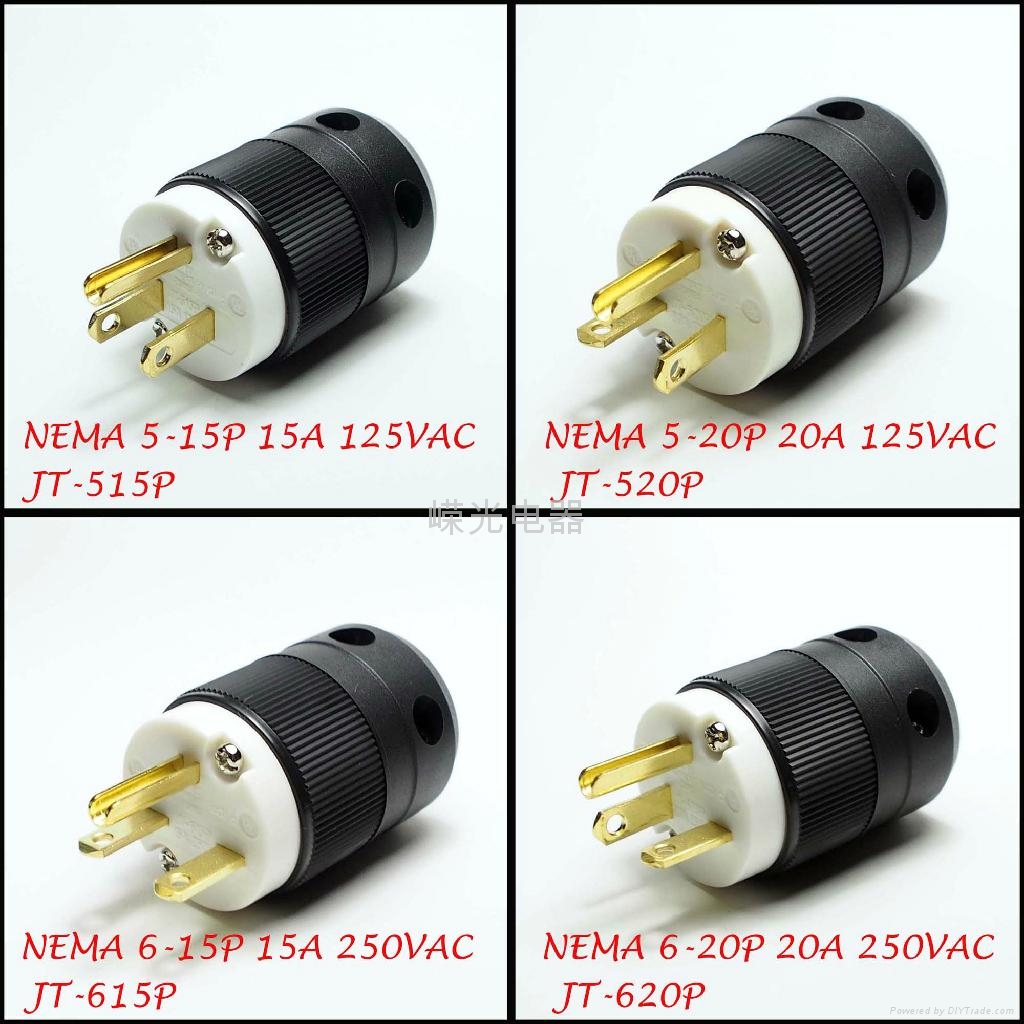- Joined
- Jul 21, 2013
- Messages
- 1,317
- Reaction score
- 305
I have my temp probe on the return inlet because I figure there will be 'some' temp drop. Now I have thick silicone tubing and it only runs about 3-3.5' over all, but that was the way I decided to do it. If the wort under all the grains is a few degrees higher than my set point, that isn't what is running through the grain so I don't worry about it.
I agree with the recirculation speed during mash because you want to keep wort under the grain and over your element. Also, I tried a really big beer once and created suction under my grain bed. So much so I collapsed my raised strainer I was using to keep grain bag off the element. I have a thread around here somewhere with pics.
I agree with the recirculation speed during mash because you want to keep wort under the grain and over your element. Also, I tried a really big beer once and created suction under my grain bed. So much so I collapsed my raised strainer I was using to keep grain bag off the element. I have a thread around here somewhere with pics.
















![Craft A Brew - Safale S-04 Dry Yeast - Fermentis - English Ale Dry Yeast - For English and American Ales and Hard Apple Ciders - Ingredients for Home Brewing - Beer Making Supplies - [1 Pack]](https://m.media-amazon.com/images/I/41fVGNh6JfL._SL500_.jpg)












































